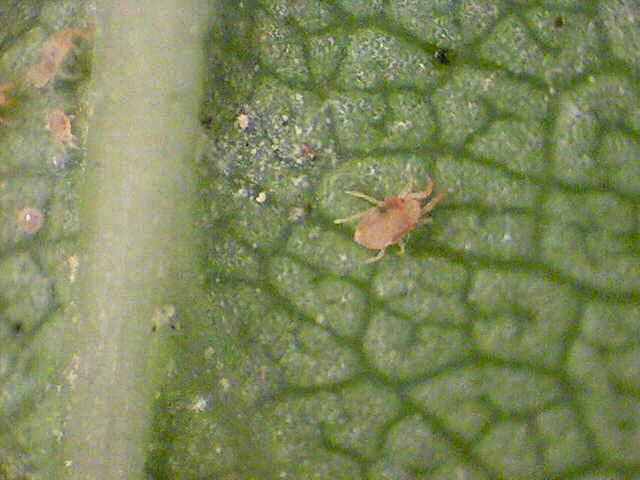Spring 2011 Field Observations
Calls about mites
by James Bethke
Like my colleagues, I get a flurry of calls every once in a while, and recently I have received calls about uncontrollable mite populations. Unusually, it’s occurring during the cool season. Regardless, there is difficulty in controlling two-spotted spider mites on foliage crops in San Diego County. It wasn’t long ago that Avid-resistant mites were appearing in greenhouse cut flower production and there was great difficulty in controlling populations with most miticides.
We have not assayed the San Diego populations for resistance, so first things first. Many times the problem controlling mites is plant density and coverage. If the plants are too dense and the mites are on the undersides of the leaves, coverage will be non-existent.
Dos
- Make sure your equipment is in good working order and calibrated. It’s easy to assume that the equipment is just fine.
- Check the pH and other water quality, which may have an effect on the pesticide.
- If you are using the same or a few products over and over again, change products. You should be routinely changing products at almost every application so that a different mode of action is being used.
- Try adding a surfactant to the spray tank. Insecticidal soap or horticultural oil will work fine.
- I’m not fond of tank mixes, but mixing products that kill adults with products that kill eggs and small nymphs may be of some help, but you stand the chance of creating even greater resistance.
Don’ts
- Most of the miticides have good residuals, so do not increase frequency of application. Rotate modes of action instead.

Resistant twospotted mite from Carpinteria. Photo by James A. Bethke.












